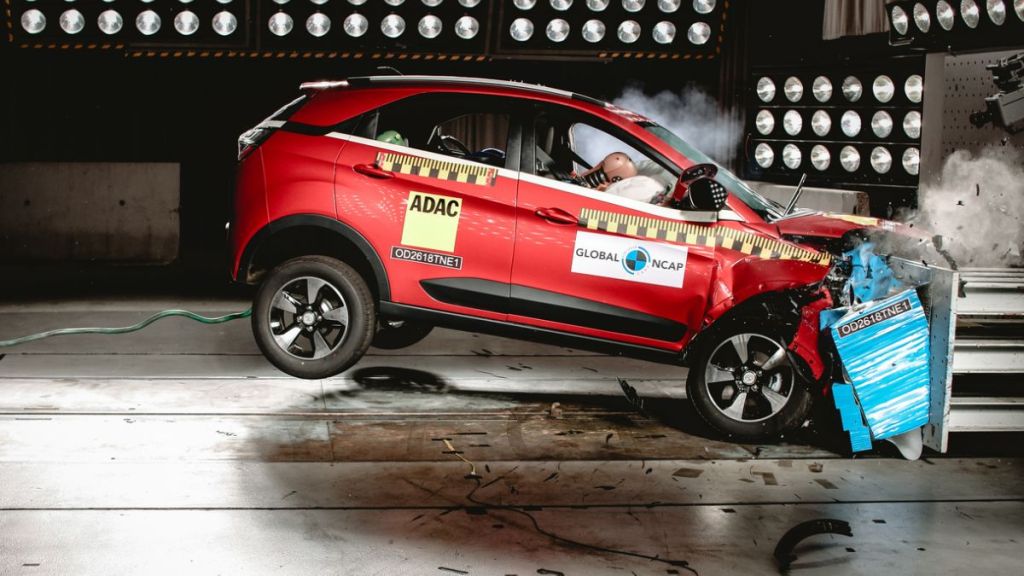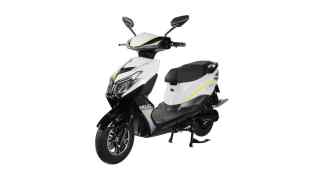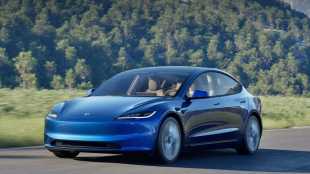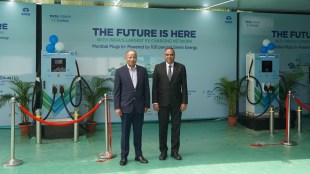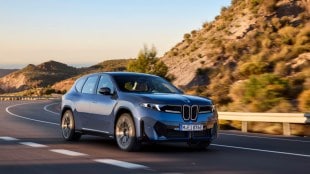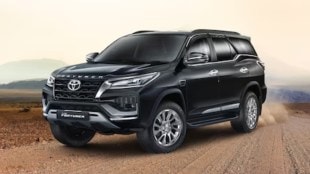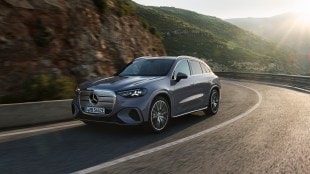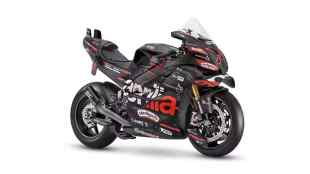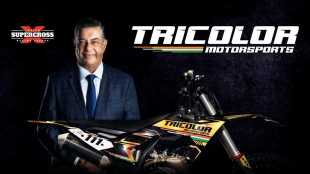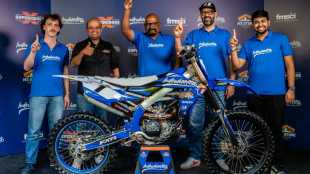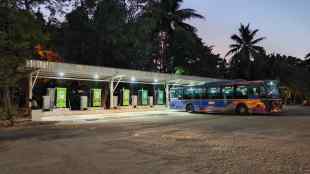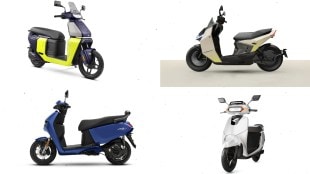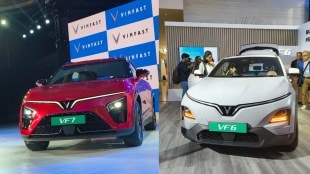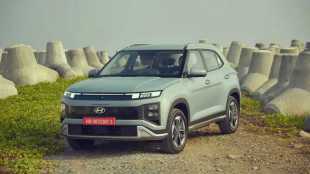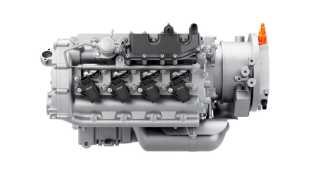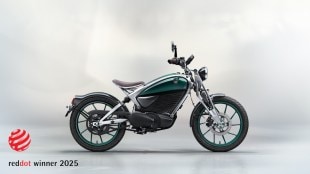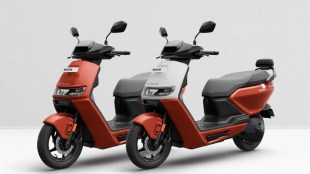After being unveiled in August this year, the Bharat New Car Assessment Programme (BNCAP) officially took effect from October 1. The initiative has been designed as per the guidelines of Bharat NCAP but customised to meet the unique safety standards of the Indian market.
Now, a media report has confirmed that Bharat NCAP will start crash testing the cars from December 15 this year. According to an Economic Times report, the reason cited for the delay in implementation of BNCAP is the ongoing festive season. Over three dozen cars are in line to be crash tested as per the Bharat NCAP norms.
Tata Motors first to test cars under BNCAP
The first set of cars to reportedly undergo the crash tests are Tata Harrier and Safari. Both the mid-sized SUVs from Tata Motors recently received a mid-cycle facelift a couple of weeks back. The SUV siblings also became the first made-in-India cars to be awarded five-star safety by Global NCAP in both adult and child safety ratings.
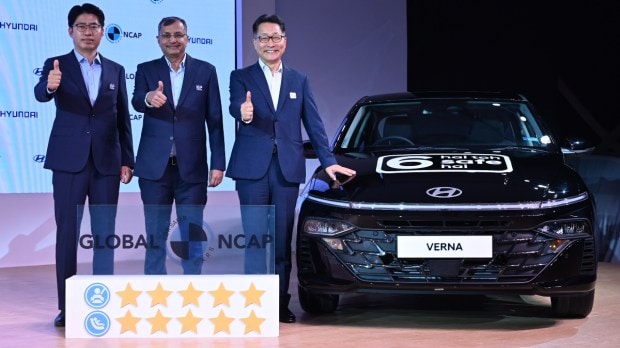
With the upcoming Bharat NCAP test, we expect both Harrier and Safari to maintain their streak of being the safest made-in-India cars. Among other carmakers, Maruti Suzuki and Hyundai will send three models each, while Mahindra will send four cars. The exact model names of the cars to be tested will be revealed at a later stage.
The autonomous testing body will pick three units of the base variant of each model. Meanwhile, European brands like Volkswagen, Skoda, Renault, and Citroen will reportedly wait and watch for the time being. While some OEMs are yet to take a call on the models they would want to be crash tested, others said their models have already been assigned safety ratings by Global NCAP and hence they will not send their models to Bharat NCAP for crash tests any time soon.
Bharat NCAP testing parameters
Testing parameters for Bharat NCAP are similar to its global counterpart. The crash test program is based on the Automotive Industry Standard AIS 197. Each car will go through 5 key tests: frontal impact, side impact, side pole impact, electronic stability control and pedestrian-compliant front design. Based on these test results, a model will be awarded points for Adult Occupant Protection (AOP) and Child Occupant Protection (COP).
(Source: ET Auto)
